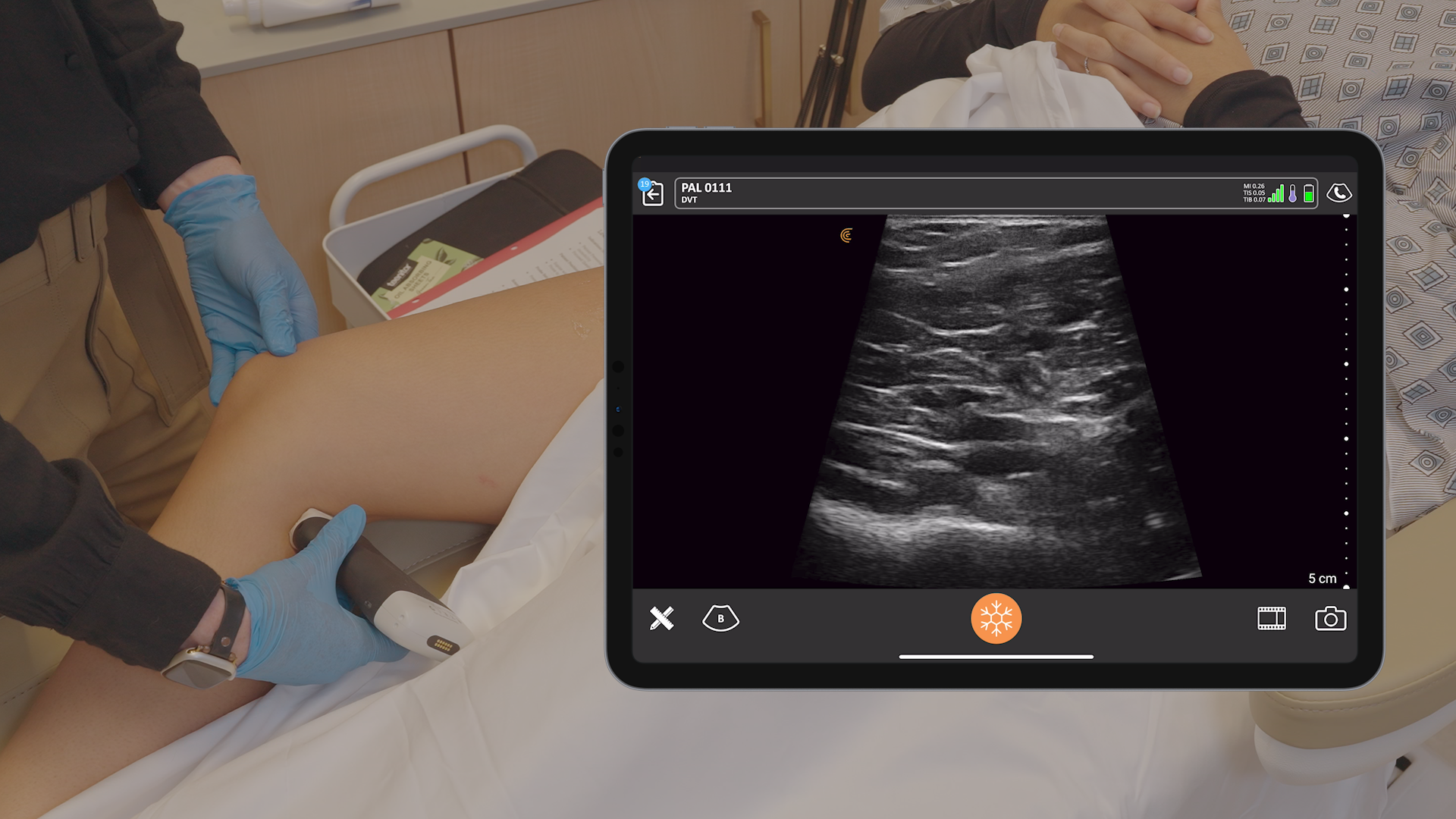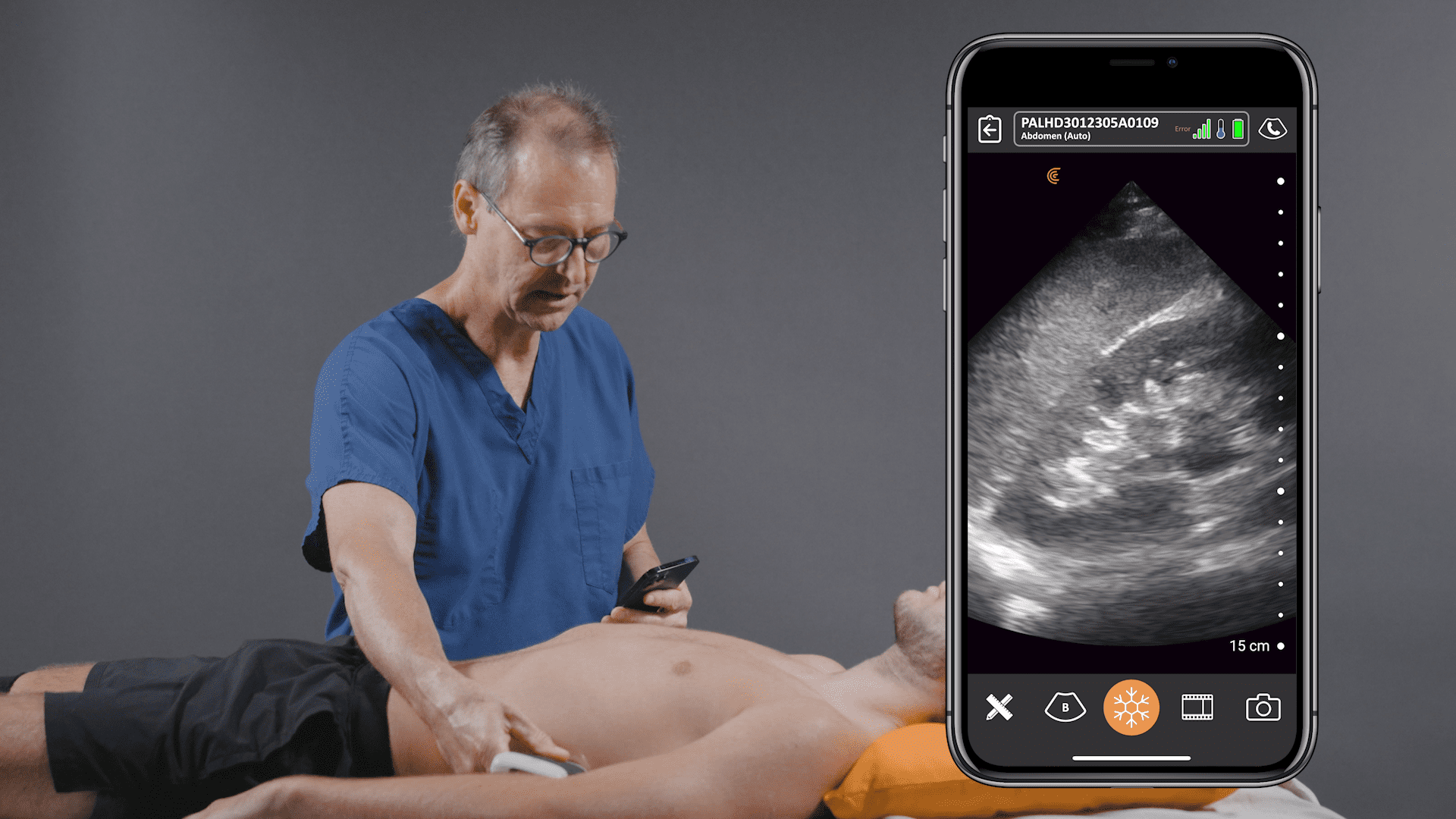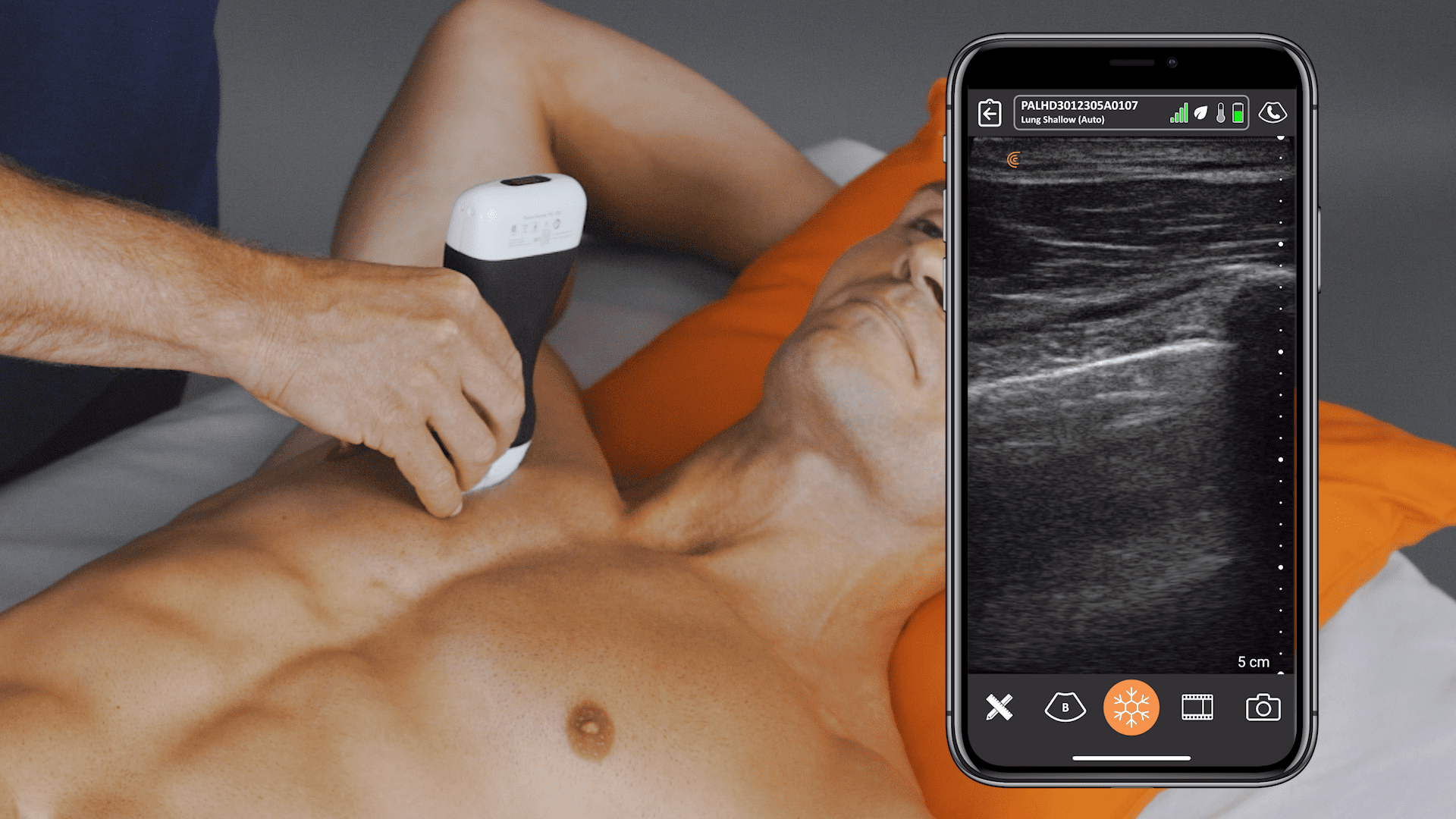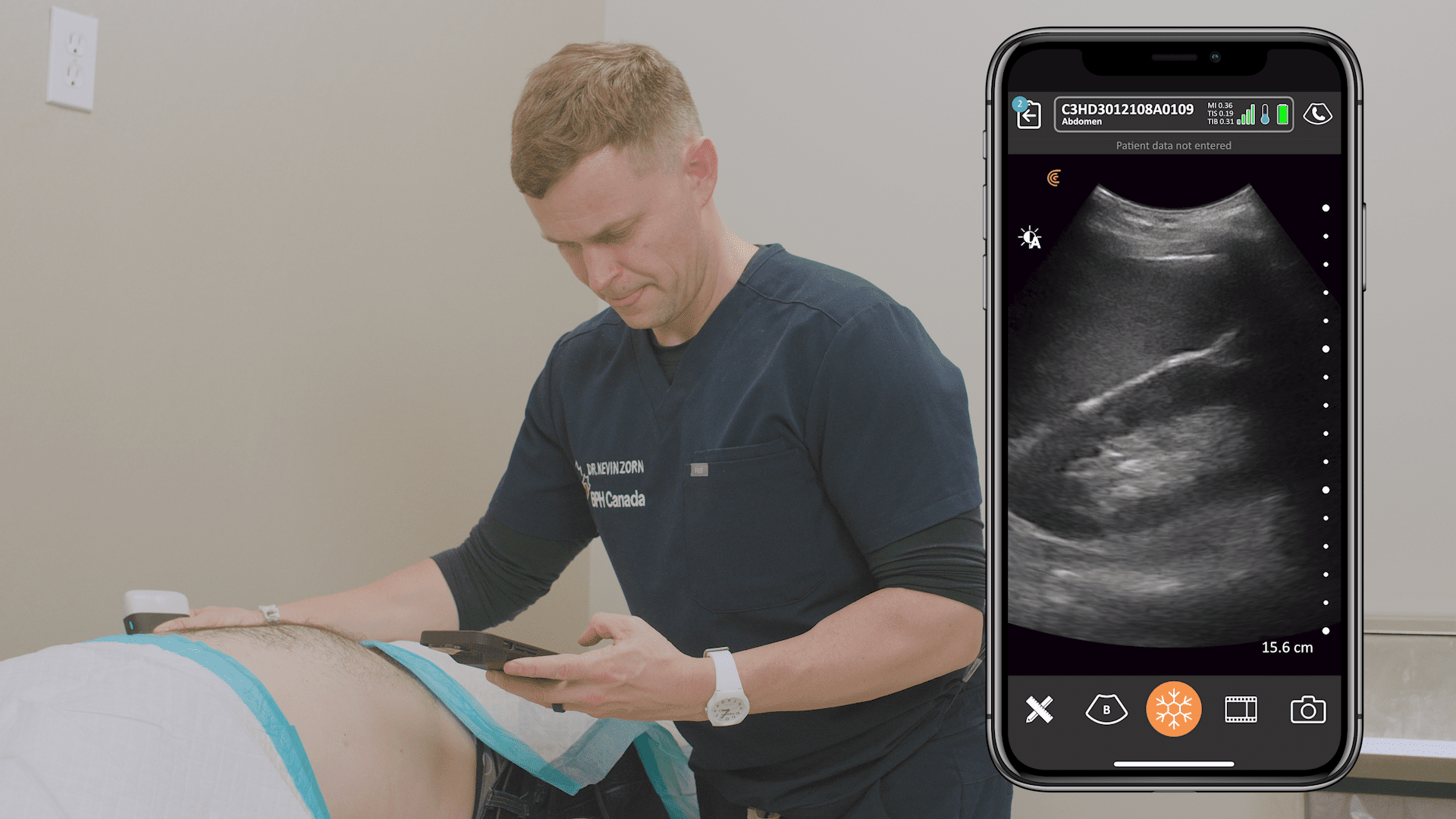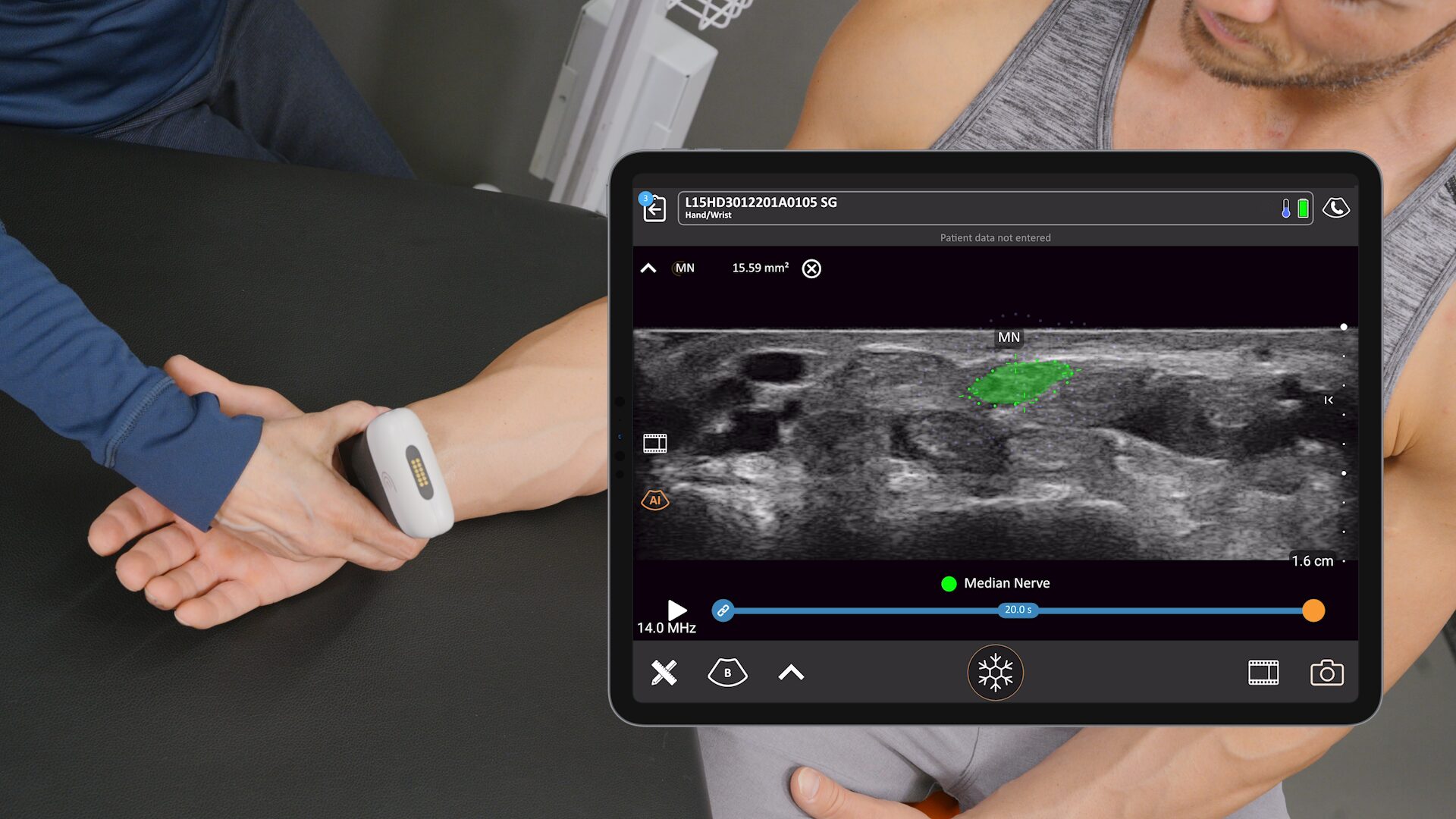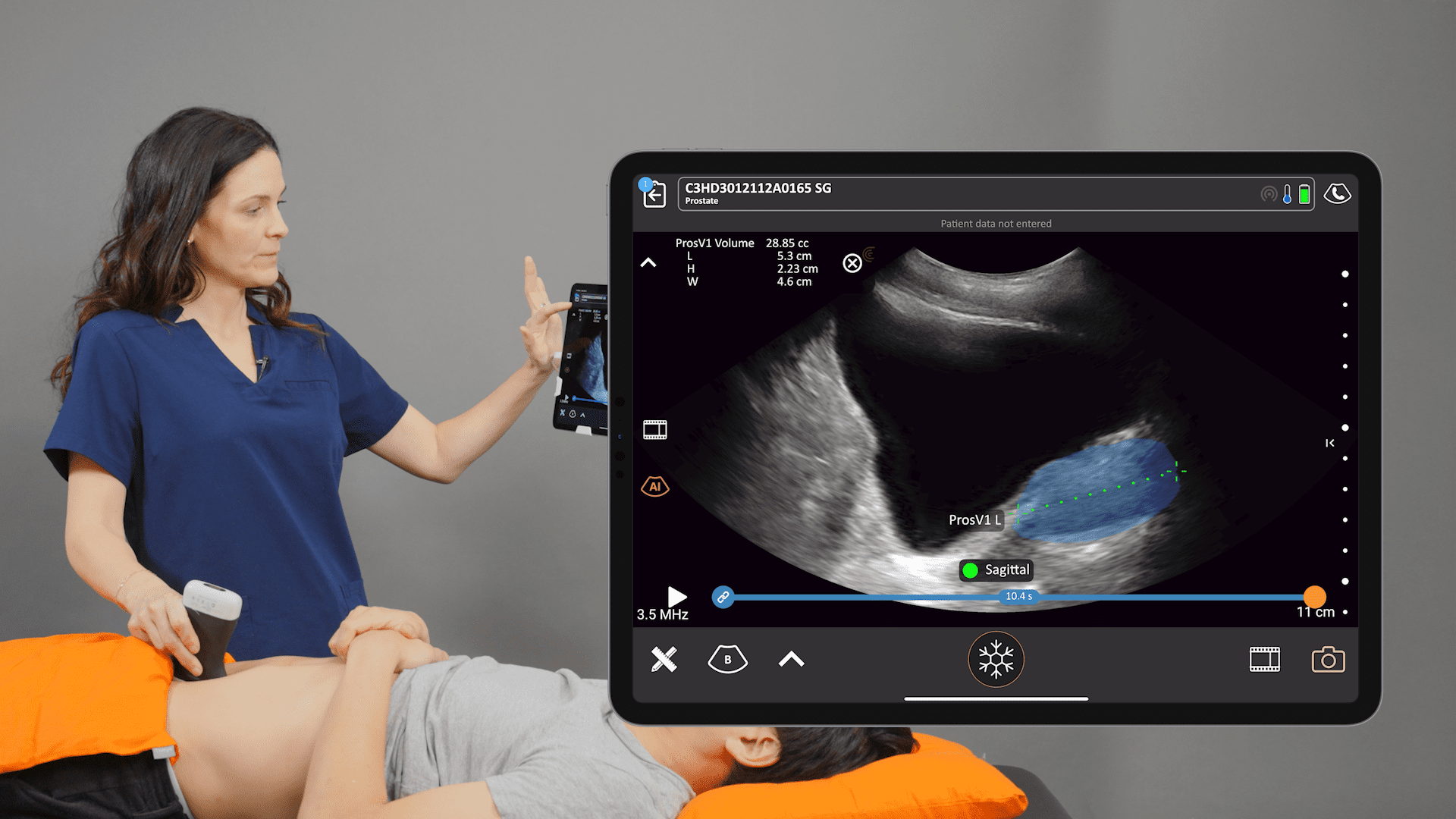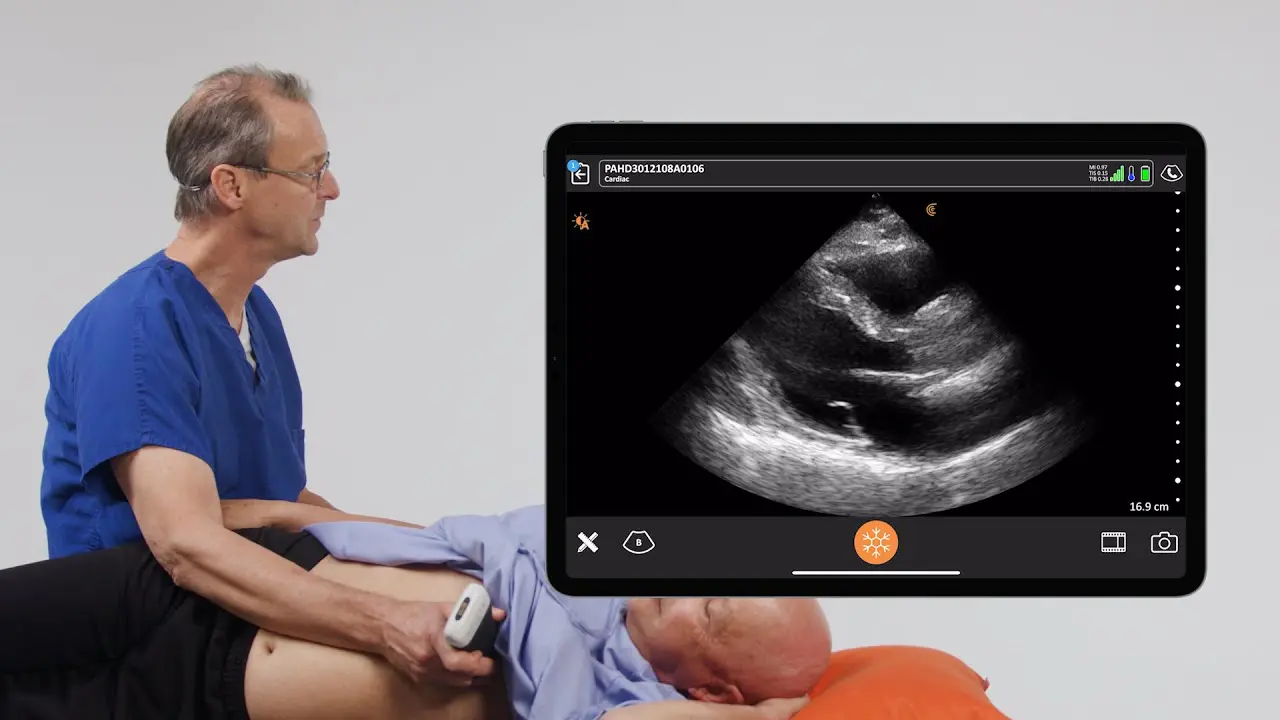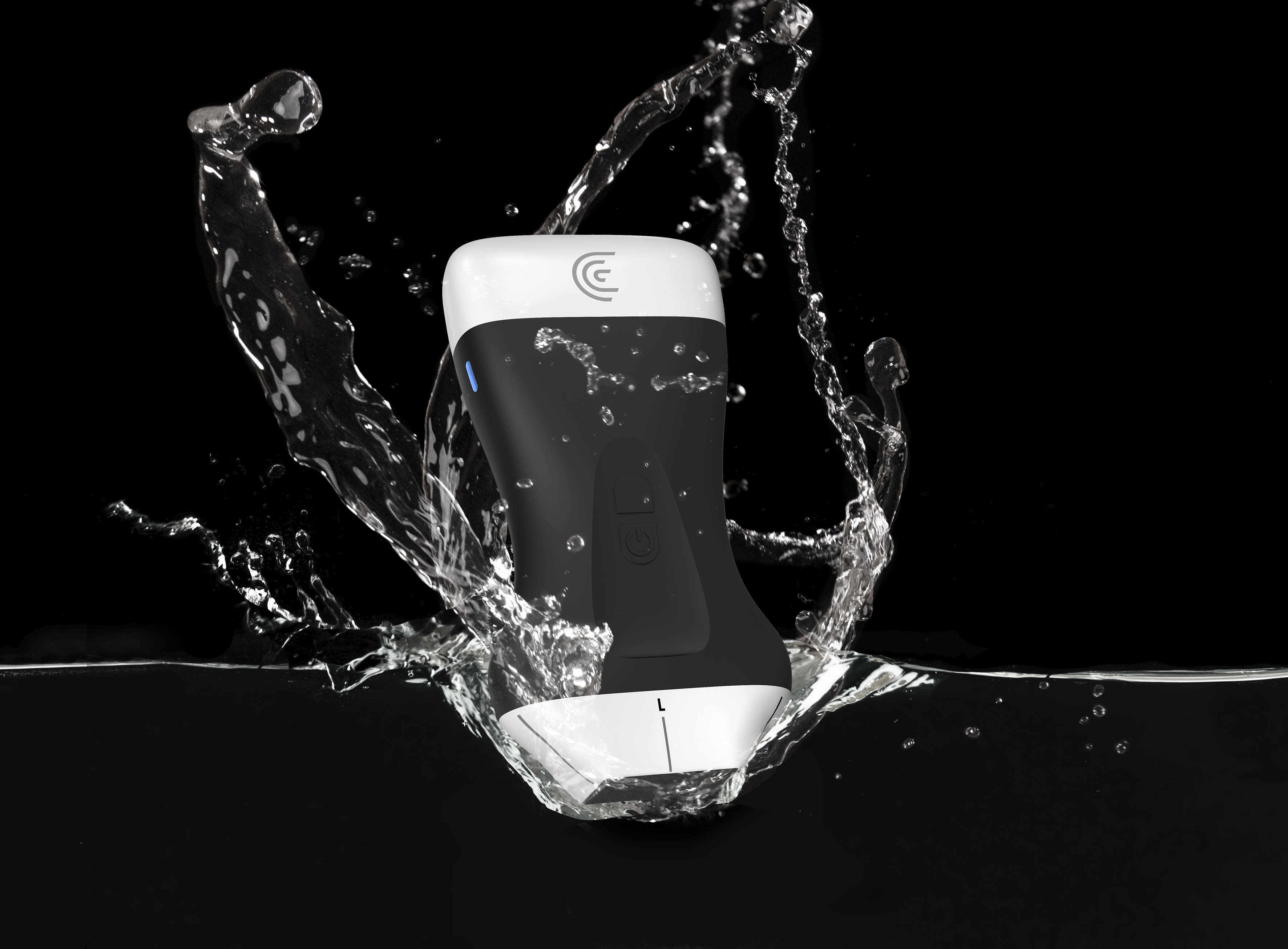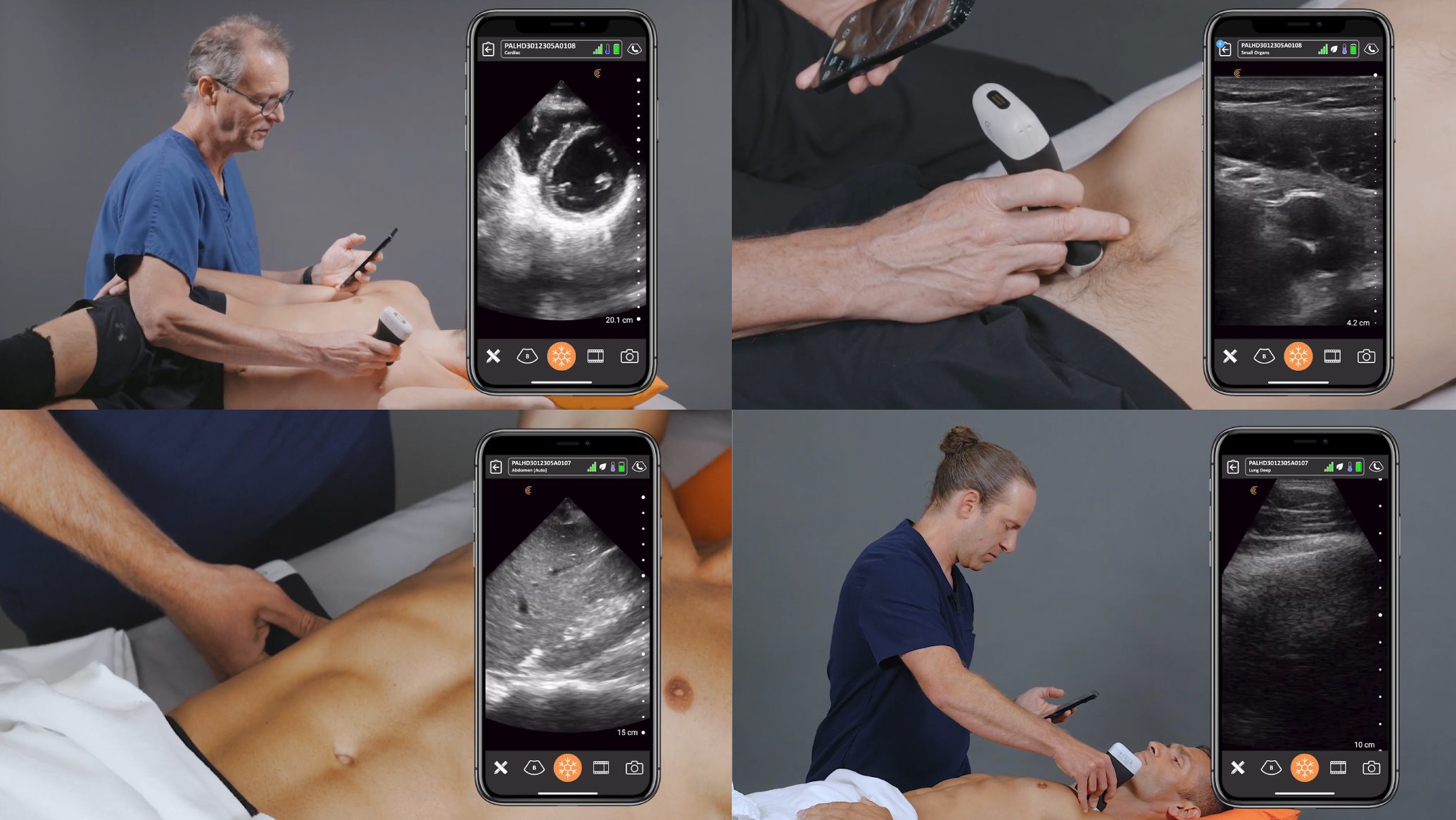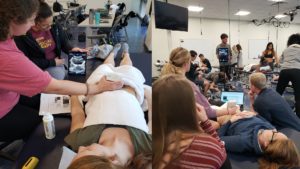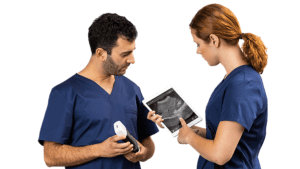Dr. Virginia Robinson, a rural physician practicing in Fernie, BC., is at the centre of the rollout of 50 Clarius handheld ultrasound scanners across the Canadian province. Dr. Robinson is responsible for training novice users to learn basic ultrasound skills for triage and OB prenatal exams.
“I’m hoping there’s going to be a wave of enthusiasm so that handheld ultrasound becomes the norm,” she says. “Once the rural docs start using ultrasound, I think they’ll realize that the number of patients they need to transfer to a larger center will go way down because they can verify what is going on first. Is the person in heart failure or not? Do they have an ectopic pregnancy or not? If they get a positive finding, they can expedite transfer via air ambulance to the right type of care facility instead of sending the patient to a tertiary care center via ambulance.”
The initiative is part of Canada’s Digital Technology Supercluster COVID-19 program, which is investing $60 million to deliver solutions to some of the biggest health and safety problems created by COVID-19. The project received an additional $500,000 in funding to specifically support the COVID-19 component.

Ultrasound in rural communities improves patient care and physician job satisfaction
In addition to improving patient care in rural areas, Dr. Robinson expects physician satisfaction with their treatment plan will also increase. “It’s satisfying to able to confidently diagnose someone and to say this is what’s going on and know it’s true. Instead of being scared because you don’t know what’s going on. I think we actually lose a lot of rural docs because of that. It’s not fun to be sweating and not having sufficient information and you’re often on your own,” she explains.
Most rural physicians will be trained remotely using one-on-one video conferencing and group webinars. Physicians will also have access to remote consultations with emergency physicians and internists who can help review ultrasound images and provide guidance on diagnosis. As the project evolves, physicians will also have access to artificial intelligence (AI) tools to help with diagnosis.
Originally scheduled for rollout in the Fall of 2020, the rural handheld PoCUS project was expedited due to COVID-19. Ultrasound has proven to be a reliable tool to diagnose pneumonia from suspected COVID-19 patients in real time. According to Dr. Robinson, although ultrasound does not replace swab testing, rural physicians and patients will benefit from starting a treatment plan immediately instead of waiting 5-6 days for test results.
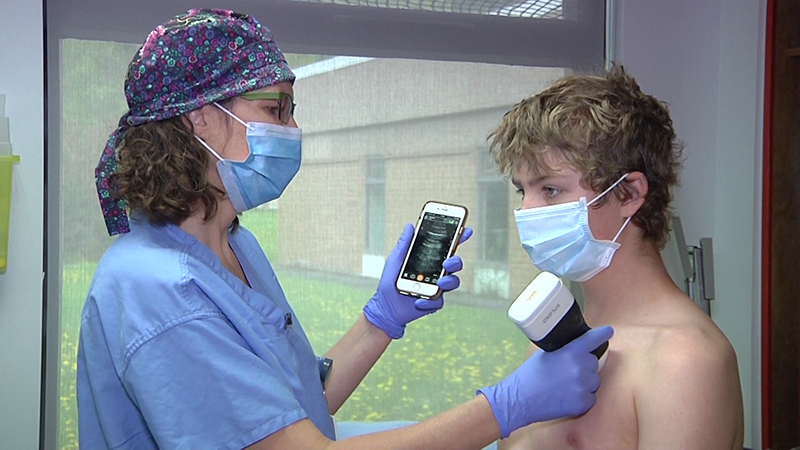
“The nice thing about handheld ultrasound is being able to easily sterilize it between patients,” says Dr. Robinson who has been using a cart-based system for more than 10 years.
Ultrasound is popular for prenatal care in rural communities
With a catchment of 15,000, including the Upper Elk Valley and tourists, Fernie, BC, is well known for its local ski resort. Dr. Robinson is part of a community of 10 rural physicians, a GP surgeon and three GP anesthetists. She takes care of dating ultrasound exams for her community, which saves expecting parents a two-hour drive. Her personalized exam includes providing her patients with an Act One video animation of ultrasound images captured during the exam, which are automatically generated in the Clarius App.
Well-trained in the use of ultrasound, Dr. Robinson uses it throughout the day to see what’s going on with many of her patients. “Now that I have it, I use Clarius all the time, like a stethoscope. I used to have to roll the cart down the hallway. But I carry this in my pocket and use it with my phone. I hope that we can teach other rural physicians to do the same.”
For more information on portable ultrasound for rural physicians visit our Clarius C3 HD multipurpose scanner page.
